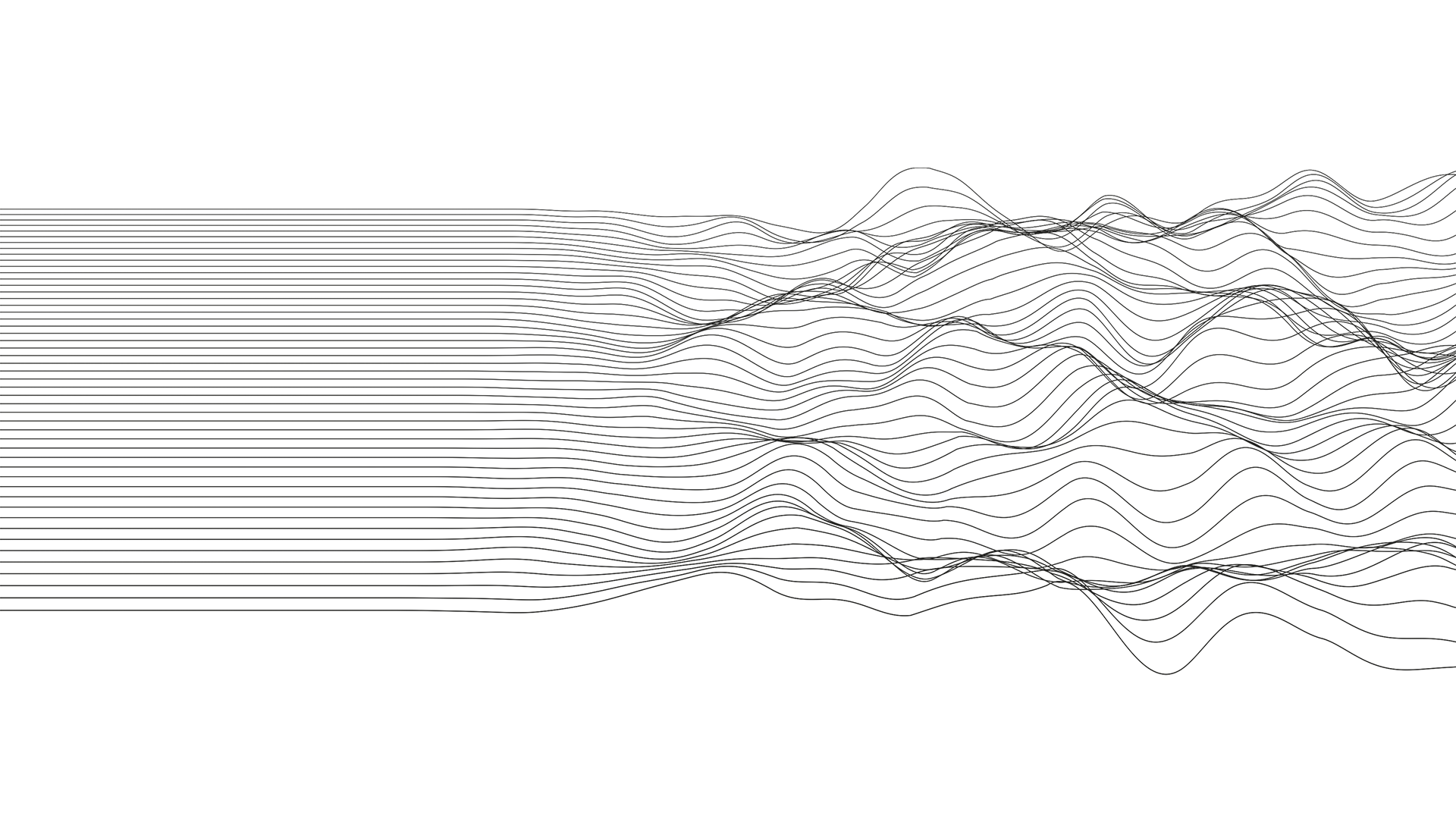The Resource Accounts for last year have now been published

2/20/2024 The Resource Accounts for 2023 show an increase in the volume of reserves and contingent resources. The overall petroleum resources have been reduced somewhat.
The volume of undiscovered resources has been reduced, primarily in unopened areas in the Barents Sea. Areas opened for petroleum activities have seen a minor reduction, which is offset by exploration results in 2023.
Estimates for the overall resource volumes (including volumes sold and delivered) on the Norwegian shelf amount to 15,575 million Sm³ of oil equivalent (o.e.), which means a minimal reduction of 191 million Sm³ of o.e., or 1.2 per cent compared with the previous year.
Around 55 per cent of the overall resources on the Norwegian shelf have already been sold and delivered. Seven per cent are contingent resources in fields and discoveries – meaning petroleum resources for which development plans have yet to be approved. 22 per cent of the overall resources remain to be discovered.
"This shows that, even after 50 years of petroleum activity, there's plenty left to discover and produce, in all ocean areas. The Norwegian shelf is not in any way outdated," says Nadine Mader-Kayser, Assistant Director of Technology, Analyses and Coexistence. Some of these resources are time-critical: "This means that we need to find out how they can be produced, profitably and with a small climate footprint, while the infrastructure is still in the area," Mader-Kayser says.
Director Communication, public affairs and emergency response
Petroleum is discovered, discoveries are developed as fields if they are commercially viable – and the oil and gas is produced and sold. This results in dynamic resource accounts that change from year to year.
The Norwegian Offshore Directorate maintains an overview of overall petroleum resources. The goal is to manage these resources in the best possible manner for the broader society.
Updated: 2/29/2024